The British Guild of Travel Writers announced the winners of the 2020 BGTW International Tourism Awards in a special online event, BGTW’s Really Big Reveal, on 18 April 2021.
The ITAs recognise excellence in tourism projects around the world, nominated by our members. Some projects have cost millions and are well-publicised; others are simpler community projects that take just as much effort and love.
This year’s finalists and winners represent a range of innovative, noteworthy and exceptional projects. Congratulations to all winners and all members who nominated them!
WINNER: Best UK and Ireland Tourism Project
Mayflower 400: Legend and Legacy, The Box, Plymouth, Devon
Nominated jointly by Alex Green and Lynn Houghton
This much anticipated venue and its opening exhibition, ‘Mayflower 400: Legend and Legacy’, celebrates the 400th anniversary of the Pilgrim Fathers’ historic voyage from Plymouth to North America in 1620. It’s believed more than 30 million people can trace their ancestry to the 102 passengers and approximately 30 crew aboard the iconic Mayflower.


Yet this tale of triumph over adversity, that has been told and retold from the white privileged perspective for generations, is turned on its head in this ground-breaking display – the largest commemorative Mayflower exhibition in history.
Working closely with the Wampanoag Native American Advisory committee, curator at The Box, Joanne Loosemore, reveals their side of the story and the inevitable conflict that occurred with the new settlers at Cape Cod. It is an honest, balanced account of a shared history with some uncomfortable truths that feel so relevant to be heard, right here, right now.
WINNER: Best Europe Tourism Project
Juliana Hiking Trail, Slovenia
Nominated by Rudolf Abraham
The Juliana is a superb new long-distance hiking trail through Slovenia’s breathtakingly beautiful Julian Alps, with an eye on slow tourism and sustainability. Designed to reduce the strain of visitor numbers on Triglav – the country’s highest and most popular mountain, which suffers increasingly from overcrowding and trail erosion – the Juliana makes a 270km circuit around this iconic peak, without actually climbing it.


Rather than the usual two-day blitz on Triglav, it encourages visitors to stay longer and explore the surrounding area (which after all is equally beautiful), taking in several less well-known valleys and even ducking over the border into Italy for a stage.
A core principle behind the Juliana was encouraging the use of public transport, rather than bringing a car – almost every stage begins in a village or town accessible by bus or train. This in turn helps keep bus routes running, meaning locals can continue using them.
WINNER: Best Wider World Tourism Project
Partition Museum, Amritsar, Punjab, India
Nominated by Meera Dattani
This pioneering museum is the first of its kind in the world, documenting the largest mass migration in human history. Millions were killed and displaced in 1947 after India was crudely separated into two countries, India and Pakistan, after independence from Britain.


The museum tells the story of Partition as it was experienced, and of Partition-affected families and Partition survivors, through 14 galleries of artefacts, letters, art, exhibits, audio-visual stations and over 100 interviews. It was created as a People’s Museum with community input, and its outreach programme aims to arm India’s schoolchildren with a greater understanding of their country.
In central Amritsar, Punjab, by the Heritage Plaza, it’s easily accessible and wheelchair-friendly. The Partition Museum is one of India’s most important museums, a place to take stock of the legacy of Partition and those it affected, and for visitors to learn how this life-changing event has shaped this region.
WINNER: The Armchair Award
Visit Faroe Islands: Realtime Tour, Live Guide
Nominated by Roger Bray
From hiking windy fells to a helicopter ride over the archipelago, the Faroe Islands decided to fill the COVID-19 void with live tours, led by guides wearing head cameras. Viewers were able to use a virtual computer game console to request the guides, who told stories of local life and history, to go straight ahead, turn left, right or, somewhat bizarrely, to run or jump.


It is hard to imagine a more compelling way of illustrating the islands’ remote appeal than this mix of slow meanderings – through the capital, Torshavn, around tiny villages, inlets, and along walking paths, with views from the helicopter of lakes and sheer cliffs.
One of the 22 tours was by kayak, another on horseback, and another, by traditional clinker built boat on the placid waters of Árnafjørður, featured the guide claiming she had never eaten better sushi than at the one Faroese restaurant offering it.
Finalists: Best UK and Ireland Tourism Project
Ffestiniog and Welsh Highland Railways, Caernarfon Station and First Class Pullman Carriage, North Wales
Nominated by Stuart Render
Ffestiniog and Welsh Highland Railways operates two narrow gauge railways from Caernarfon to Porthmadog (25 miles) and Porthmadog to Blaenau Ffestiniog (13 miles). 2019 saw the opening of a new £3m heritage railway station in Caernarfon, an important part of the town’s £16m waterfront and town centre regeneration Initiative that “aims to promote the town’s historic quayside district and boost tourism, jobs and the North Wales economy.”


The station has created seven full-time jobs and delivered improved facilities for visitors, a larger shop, a new interpretation area and a new café. To enhance the journey experience, the company has also expanded its fleet of First Class Pullman observation carriages with the entry into service of ‘Eryri-Snowdonia’.
General manager, Paul Lewin, says: “The Ff&WHR generates an estimated £25m each year for the local economy. This combined tourism initiative will help to increase visitor numbers by an estimated 5,000 passengers each year.”
Peterhead Prison Audio Tour, Grampian
Nominated by Rebecca Hay
The fabulous audio tour of Scotland’s Alcatraz, built in 1888 to house some of the country’s most notorious criminals, allows you to ‘meet’ former prisoners and staff and experience life as it was through ‘real life’ recordings. The building has been left unchanged since it closed after 125 years. As soon as you open the imposing front door you’re fascinated and want to explore further.
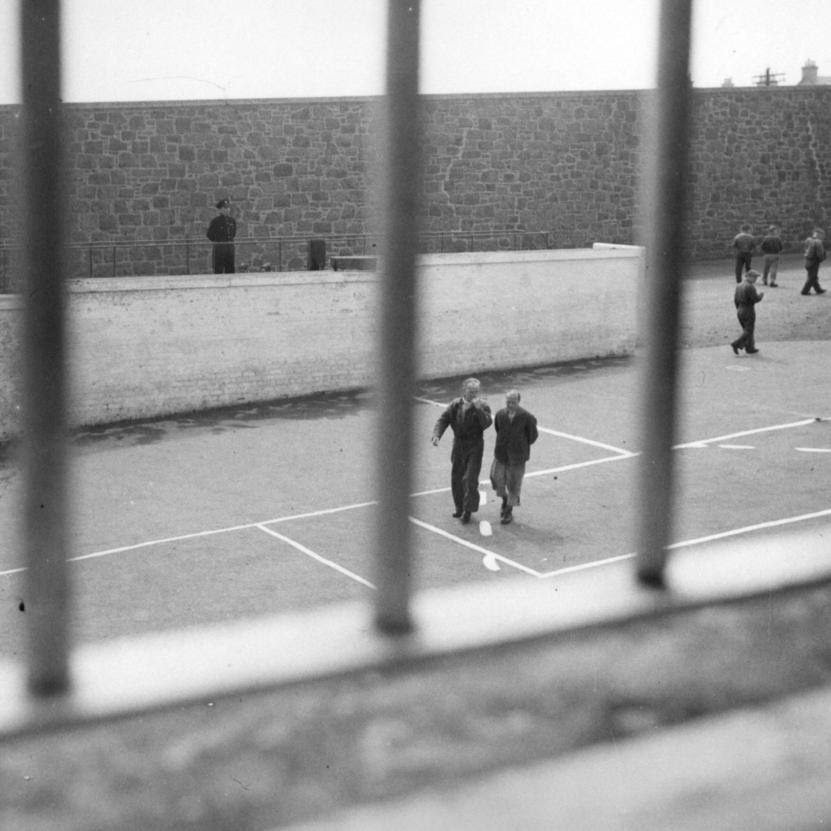

Not only is the experience historically riveting, it also succeeds in getting the message to children that a life of crime is not a good career choice! The prison, which is by the docks with views of the sea, has brought tourism to a deprived town which despite its natural beauty has been crying out for investment. The museum, which is disabled friendly, has a lovely cafe serving local food which recently won a ‘Taste Our Best Award’ from the Scottish Government.
Strawberry Field, Liverpool
Nominated by Peter Rosenfeld
Strawberry Field comprises a perfectly integrated tourism attraction housing a wonderful museum integrated with local and regional support programs servicing the wider community.


It is staffed by an amazing array of dedicated personalities who genuinely care.
The Auckland Project, Bishop Auckland, County Durham
Nominated by Stuart Forster
The Auckland Project is transforming the town of Bishop Auckland into a tourism destination attracting more than 200,000 annual visitors and £4m into the local economy.


Four of the project’s seven attractions have already been opened. The 900-year-old Auckland Castle is now an accessible museum with private quarters formerly used by Bishops of Durham. It displays masterpieces of Spanish artist Francisco de Zurbarán and hosts art exhibitions. The Deer Park is open for country walks. Auckland Tower visitor centre overlooks the marketplace.
It is close to the Mining Art Gallery, where artworks relating to the region’s industrial heritage are displayed. Residents were actively involved in shaping the project, which aims to bring employment in art and heritage projects. The Spanish Gallery (art museum), Faith Museum and castle’s Walled Garden are currently under development.
The Cartoon Museum, London
Nominated by Kathy Arnold
“The Cartoon Museum is the only museum in London where you are expected to laugh out loud”, says Lord (Kenneth) Baker. In its new Central London home (2019), this nationally important collection of 4,300 cartoons, comics and caricatures provides thought-provoking laugh after laugh. The main exhibition, curated by cartoonist Steve Bell, showcases 300 years of Britain’s gift to the world: searing political and social cartoons.

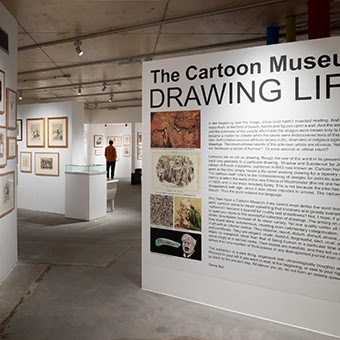
They range from valuable prints by James Gillray and Hogarth to original artwork by contemporary cartoonists, such as Steadman and Garland – and even the Roy Hattersley Spitting Image caricature puppet. There’s also nostalgic, family-friendly fun, from Beano and Rupert to Thelwell and Bill Tidy.
Rotating exhibits featuring star cartoonists keep the museum fresh; kids try cartooning in the studio (16-year-old Private Eye prodigy Zoom Rockman started here!); on late-night Thursdays, the cartoonist-in-residence is on duty; the shop is sells unusual and witty gifts; under-18s enter free.
Finalists: Best Europe Tourism Project
CopenHill: Copenhagen’s Epicentre for Urban Mountain Sport, Copenhagen, Denmark
Nominated by Clare Vooght
Part of Copenhagen’s push to be the world’s first carbon-neutral city by 2025, CopenHill mixes sustainability with recreation. The waste-to-energy plant will burn enough waste to power 60,000 homes and heat 160,000 homes in the area with clean energy. And on top, there’s a 400-metre-long ski slope – allowing Copenhagen residents and visitors to ski (and indulge in some après-ski at the bar) all year round.


For non-skiers, there’s a climbing wall and a hiking area, while the chimney on top will blow out “smoke” (vapour) rings to remind residents of their carbon footprint. It’s within easy reach of the city centre, and a popular, unique, example of how Copenhagen is developing its sustainable credentials through design.
Frankfurt’s reconstructed new ‘Old Town’, Frankfurt, Germany
Nominated by Stuart Render
Frankfurt has reclaimed an integral part of its rich and colourful history with the opening of its new ‘Old Town’. Located in the heart of the historic city centre, a large part of the original old town, once home to a mix of uninspiring 20th century buildings, has been transformed. A major €200 million project has restored this area of the city to how it used to look prior to being destroyed in the Second World War.


Using original blueprints the ‘new’ old town features exact replicas of individual houses that once stood on the site. The building process used, as far as possible, original construction materials. In addition, several decorative elements that had survived the bombings have now been returned to their historic locations. But this isn’t just a tourist attraction, it’s a living community of around 200 residents complete with local shops, including a bakers and a butchers.
Santorini Wanderlust: Santorini Walking Tours, Greece
Nominated by Heidi Fuller-Love
On one of the world’s most popular islands which has struggled for years with the problems of overtourism, Nikos’ walking tours are a much-needed initiative taking visitors away from the over-tourist-ed sites and introducing them to a mega-slice of real Santorini lifestyle via an adventurous hike into the heart of this volcanic atoll where few visitors ever get to go.
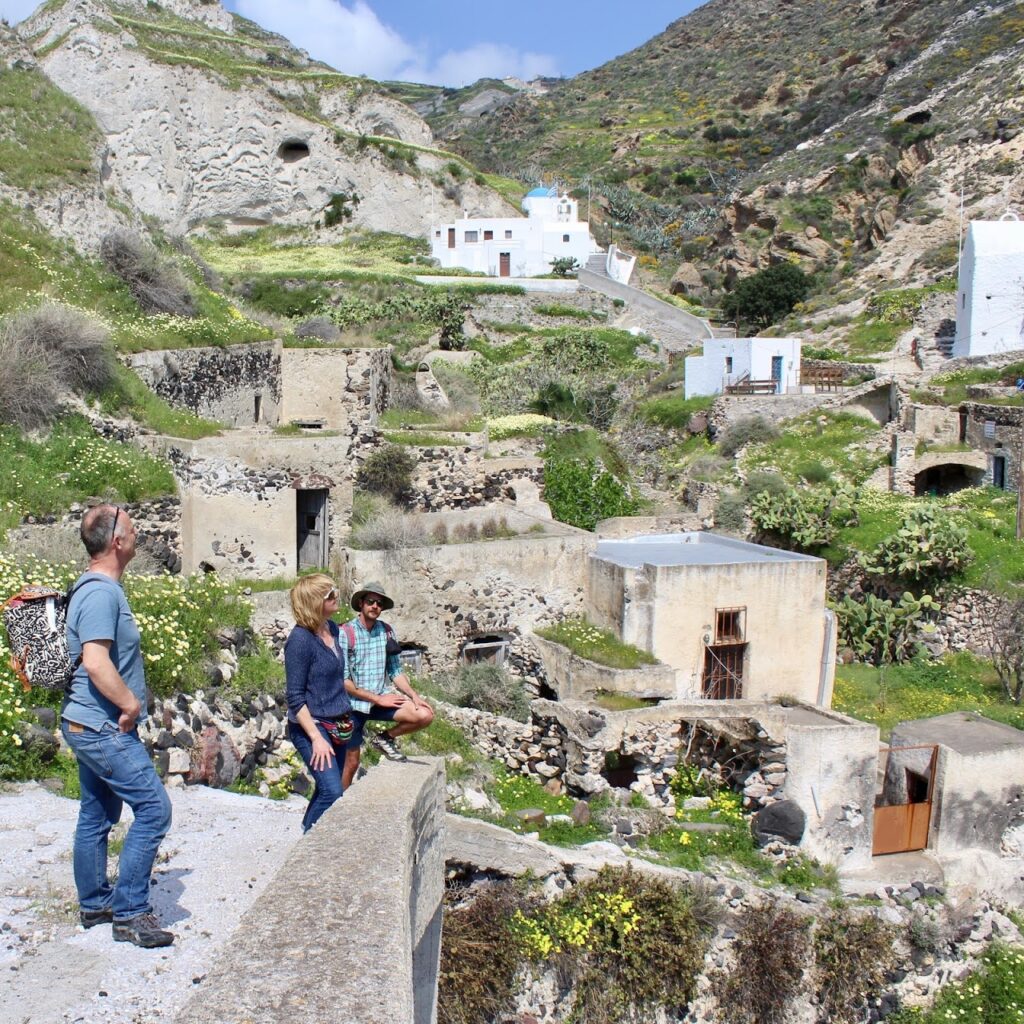

Nikos moved from the city to dedicate his life to the project (and was seen as a bit crazy initially by locals) , but he has now has brought others to realise and reflect on the impact of over tourism on this beautiful island and since lockdown he is active in initiatives to launch a green recovery for this Greek island which received up to 80 cruise ships per day pre-Covid.
The Secret Rooms of Hotel Jama, Postojna, Slovenia
Nominated by John Malathronas
Memories of the Cold War are fading, but the new hour-long tour of the secret rooms of Hotel Jama in Slovenia, complete with spetsnaz-attired guide, brings the old Communist cloak-and-dagger culture back to life.


Built in 1971 to capitalise on the nearby Postojna caves, the hotel, later closed, counted heads of state, ambassadors and VIPs among its clientele, all secretly monitored from a sealed-off section. The surveillance operation was so classified that the windowless rooms inhabited by the secret police only came to light during a 2016 renovation. Visit them today in their original left-in-a-hurry décor and be introduced to a world of passwords, secret passages, hotline telephones and nicotine-streaked basements.
Highlights include listening to a selection of original wiretaps, watching films that fill in the historical background, and hearing the chilling testimonies of erstwhile personnel, all with English translations. And yes, there’s a final twist that’ll make you jump.
Villa dei Mosaici di Spello, Perugia, Italy
Nominated by Kathy Arnold
15 years ago, Spello needed a new car park. The digging started – and stopped when the splendid mosaics of a 2,000-year-old Roman villa were uncovered. Now the Villa dei Mosaici di Spello houses 20 rooms, whose beautifully-restored floors are decorated with wild animals, mythical beasts, hunters and servants pouring wine.


Partridges in the Bird Room; Bacchus in the dining room (triclinium); panthers, wild boar, even sea tigers! See them from elevated walkways. Explore the villa’s 500 sq m/5,300 sq ft via touch screens and the free app. Lively, interactive, room-by-room information and 3D video reconstructions bring it to life for adults and children. Have a go at making a mosaic – not easy!
Built with recycled materials and topped with a wildflower roof, the museum runs on renewable energy and blends in with this ancient Umbrian hill town. Everything is accessible; information plaques are in Italian, English and braille.
Finalists: Best Wider World Tourism Project
Macon Music Trail, Georgia, USA
Nominated by Rupert Parker
No other midsize city has influenced American popular music as much as Macon. It even developed its own language with Little Richard’s “Wop-Bop-A-Loo-Bop”, James Brown’s “Please, Please, Please”, “Got-ta, Got-ta” of Otis Redding and the Southern Rock of the Allman Brothers, all contributing to the inimitable “Macon sound”. And it’s not just one genre: it’s all about the mix – gospel and funk, soul and rock, country and blues.


Legend after legend and hit after hit, led to the launch of the Music Trail in July 2019 by Visit Macon. There’s a dedicated website plus free guides and maps at tourist offices. It’s also putting music back into the heart of the city, with the Otis Redding Foundation offering classes to disadvantaged kids, and the reopened Capricorn Studios working with Mercer University as a music incubator for artists to rehearse and record. Follow the trail and experience the music for yourself.
Michinoku Coastal Trail, Honshu, Japan
Nominated by Rob Goss
In 2011, a tsunami struck the eastern coast of Japan’s Tohoku region, claiming 18,000 lives and devastating communities. As part of the rebuilding effort, Tohoku created a new, multi-section 1000km hiking trail (officially completed in 2019) that connects the recovering coastal communities.


Called the Michinoku Coastal Trail, it aims to bring more travelers to the region (with the hope that tourism can help sustain this off-the-beaten-path as part of Japan’s long-term recovery) and promote/protect the natural environment on and around the trail.
Nelson Mandela Capture Site Museum and Visitor Centre, Howick, South Africa
Nominated by Isabel Conway
Nelson Mandela, on the run for 17 months, was arrested by Apartheid police on 5 August 1962 near Howick in South Africa. At the same spot, exactly 30 years after his release, a new £4.5 million world class museum with a multi-purpose visitor centre was officially opened on 11 February 2020 to replace a revamped shed.


The impressively sober structure leads out to the ‘long road to freedom’ pathway and to a spectacular sculpture made from steel poles which line up to recreate Nelson Mandela’s profile. A 360-degree film and an immersive, dazzling exhibition of historical artefacts and photographs, commemorates Mandela’s life, decades of struggle and the birth of new South Africa.
An important tourism amenity it also aims to promote reflection and understanding, hosting school group visits and education programs. Over 35 staff are employed and young locals are being trained on site for the hospitality and tourism industry.
Remando por La Paz, Rafting for Peace, Colombia
Nominated by Steph Dyson
Rafting for Peace is a unique tourism project located in the Caquetá region of south Colombia. A small group of former members of the guerrilla organisation, the FARC, have proven how tourism can mend war-torn communities by joining forces with local residents to become certified white-water rafting guides.


Now, instead of arms, they bear oars, navigating guests through class three rapids along the Río Pato. The guides offer a unique perspective of Colombia’s armed conflict and the long, painful healing process required to reunite a divided country. The project has successfully enabled ex-FARC members to reintegrate into society – something that, after 52 years of armed conflict, the Colombia government is struggling to achieve in many parts of the country.
The company now employs a dozen local people and was invited to participate in the 2019 World Rafting Championships under the International Rafting Federation’s Peace Flag.
Soqotra Heritage Project, Yemen
Nominated by Hilary Bradt
Tourists visit the UNESCO World Heritage Site of the Socotra (or Soqotra) Archipelago for its exceptional biodiversity, endemic species and superb scenery. Its potential for equally valuable “cultural heritage tourism” is too often overlooked.


Lying midway between Arabia and Africa beside major shipping routes, the islands have traded their precious plants (frankincense, aloe, “dragon’s blood”) and carpets since ancient times, and long separation from the mainland has produced the archipelago’s own language.
The Soqotra Heritage Project (SHP) is spotlighting this unique cultural heritage, engaging a locally trained team of young women and men to record and revive Socotra’s traditional music, dance, poetry, games, crafts, archaeology and language. They liaise with tour operators and other tourism stakeholders to extend the focus beyond natural heritage to offer diversified tourist experiences. Recognition of this valuable work through the BGTW Awards would help bring responsible and authentic tourism to these little-known and fragile islands.
The Armchair Award
Delta Blues Museum, Virtual Tour, Mississippi, USA
Nominated by Mary Moore Mason
When lockdown first started, this award-winning museum devoted to the rich musical legacy of the Mississippi Delta country, commissioned a special video from local filmmaker Joe York.
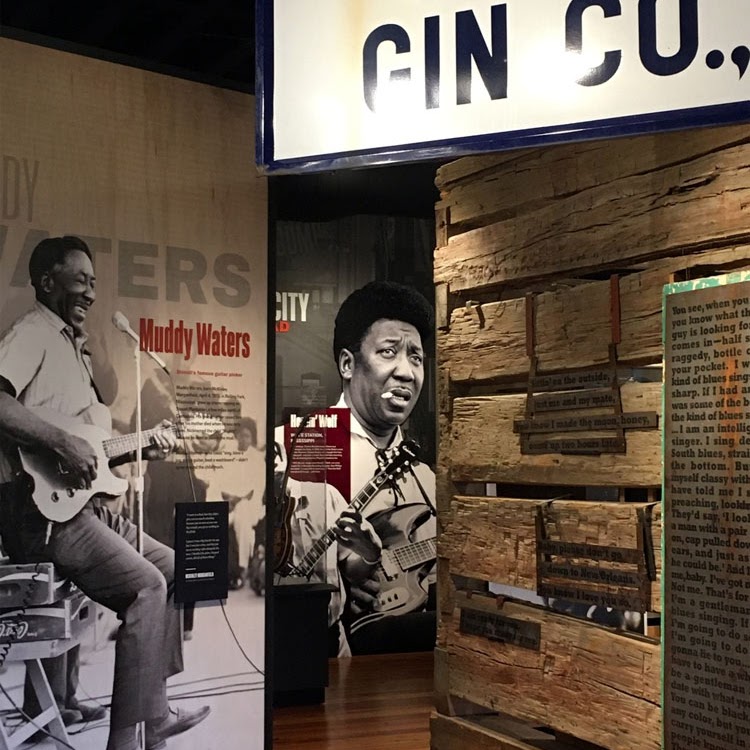

Now online, it succeeds in making you want to visit this regional seedbed of the Blues, and the state’s oldest music museum, by taking you on a tour of the life and pioneering achievements of local, self-taught bottleneck slide guitarist and Blues legend McKinley Morganfield, best known as Muddy Waters.
Impressively using vocal narrative, background music and evocative black and white photos, it takes you from Muddy’s early days as a descendant of slaves on a local cotton plantation to his role as the Father of Chicago Blues and the inspiration for the Rock ‘n’ Roll music of the likes of Eric Clapton and The Rolling Stones who got both their name and best-known song I Can’t Get No Satisfaction from Muddy’s lyrics.
English Heritage: History at Home
Nominated by John Ruler
What’s more boring for kids? Being stuck at home or being dragged round a heap of old stones? Probably both before Covid 19 struck. But click onto English Heritage History at Home and watch TV presenter Ben Shires shower kids and parents alike with down-to-earth facts about ‘mystical’ Stonehenge and you’ll soon change their minds. And all these entertaining and educational videos were created during lockdown.


Not exciting enough? Then watch two young English Heritage members interview a tubby Henry VIII at Eltham Palace. Flick through an animated version of British history; turn to Kids Rule! for things to make and do. Build a model roundhouse; design your own coat of arms. As for The Escape of King Charles II, this whacky tale of how he hid up a tree proves how this lockdown virtual venture encourages parents and children alike to appreciate just what they’ve all been missing.
Hever Castle and Gardens’ Bitesize Virtual Tours, Kent
Nominated by Stuart Render
Dating back to the 13th century, Hever Castle was once the childhood home of Anne Boleyn, second wife of Henry VIII. It formed the unlikely backdrop to a sequence of tumultuous events that changed the course of Britain’s history, monarchy and religion. Its panelled rooms house fine furniture, tapestries, antiques and what is regarded by some as ‘one of the best collections of Tudor portraits after the National Portrait Gallery’.
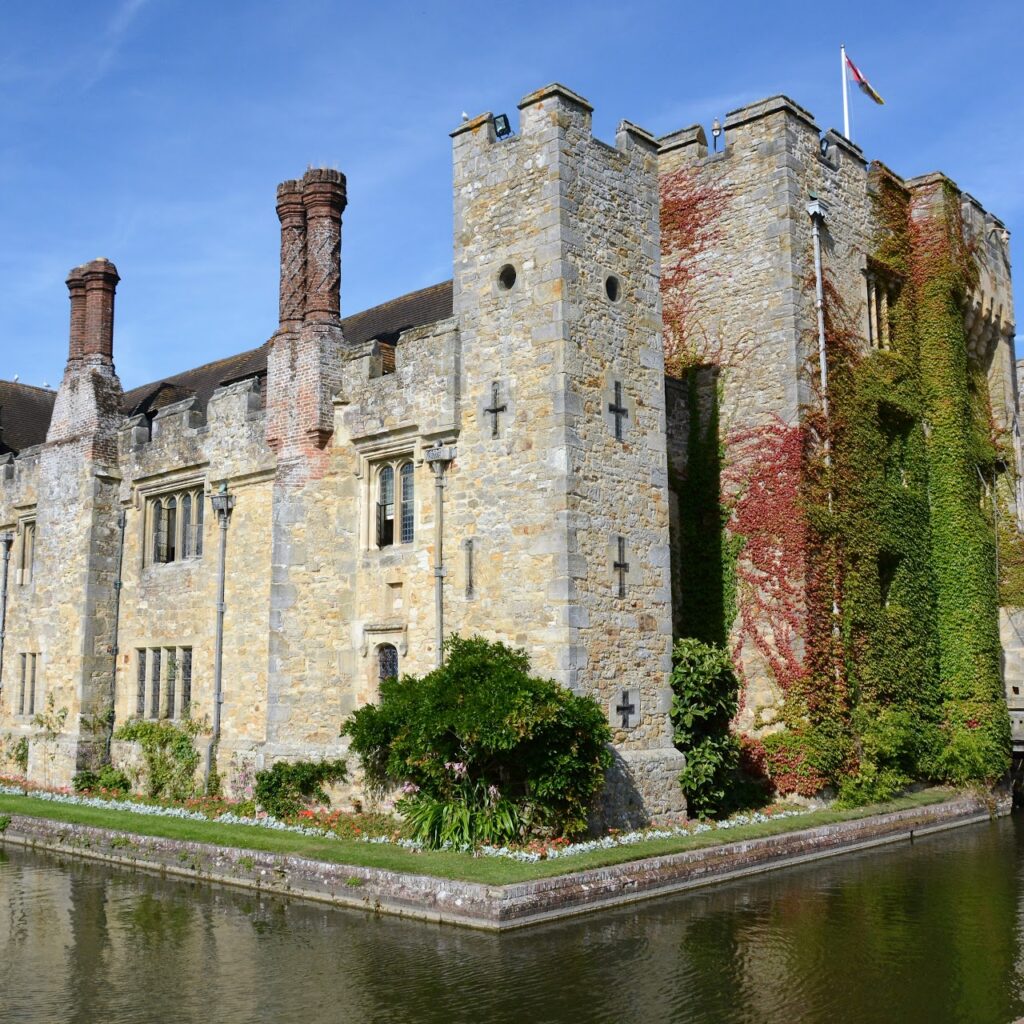

At the start of lockdown, the castle team developed six virtual ‘bite-size’ tours led by castle supervisor, Dr Owen Emmerson. Each tour reveals objects of interest and facts about the fascinating house. In a sea of virtual tours, what makes these stand out is the way that Dr Emmerson gives you just enough information to pique your interest, clearly hoping that you’ll visit the castle to find out more when circumstances allow. This is armchair tourism at its best.
Leiden 400: Pilgrim Fathers 400th Anniversary, The Netherlands
Nominated by Rosalind Ormiston
Live stream from Leiden, The Netherlands on 16 May 2020 to commemorate the 400th anniversary of the Pilgrim Fathers voyages aboard the ‘Speedwell’ and ‘Mayflower’ where families left Leiden to seek a new life in America.


When coronavirus halted the original celebratory events, the organizers moved swiftly to set up a live online tour instead with interviews taking place across the city with curators, scholars and historians with their motto: “If the public cannot come to Leiden, we will bring Leiden to the public.”
What started as a simple live stream with a mobile phone and a wireless microphone, grew overnight into a professional, interactive live opening with more than 50,000 national and international viewers (compared to around 500 at a time for the original events) able to see the many historic sites associated with the Pilgrims along with visits to exhibitions and associated museums currently closed to the public.
USS Constitution, Live Tour, Boston, USA
Nominated by Kathy Arnold
During lockdown, destinations have offered flashy videos and occasional live visits, but ‘USS Constitution’ has offered a live tour every day since March 17. Docked in Boston Harbour, she is the world’s oldest commissioned warship still afloat. Each year, 600,000 people take the free public tours.

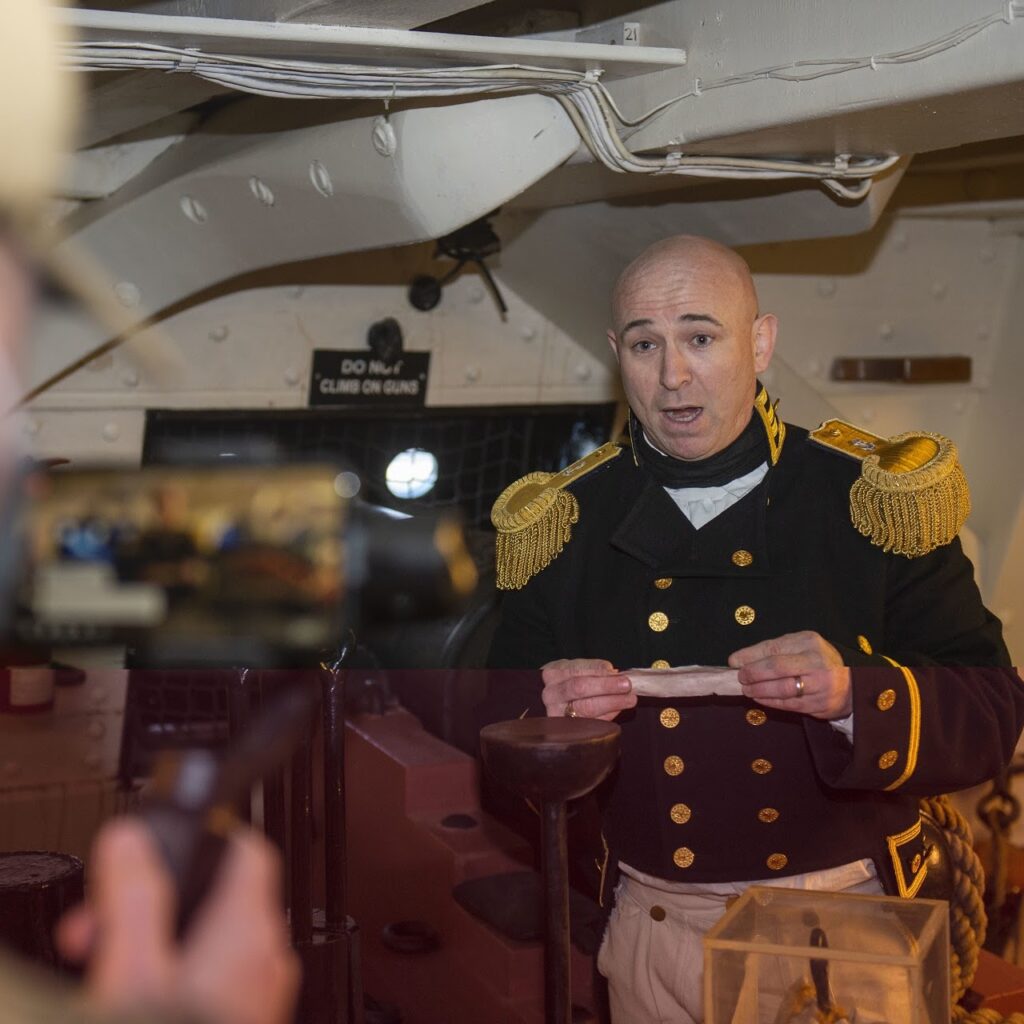
By early June 2020, 1.5 million viewers had joined the virtual tours. Forget volunteers or guides working from scripts, these tours are hosted by serving US Navy sailors stationed aboard the frigate. These men and women, of all races and ethnic backgrounds, are enthusiastic, knowledgeable and proud of the ship’s history.
Tours last an hour and can include the spar deck, orlop strakes, even a pike and canon drill. Join via FaceBook; pose questions LIVE; get immediate answers. ‘Constitution’ is to the USA what ‘HMS Victory’ is to the UK. Her nickname ‘Old Ironsides’ dates from an American victory in 1812 – over the British.
The winners are announced at the BGTW Annual Gala Awards Dinner, normally held in November each year at The Savoy hotel in central London, and on the eve of World Travel Market. Because of the pandemic, the next event will now take place on 31 October 2021, but still at The Savoy.
See the 2019 ITA Winners and the 2019 Finalists for the International Tourism Awards
